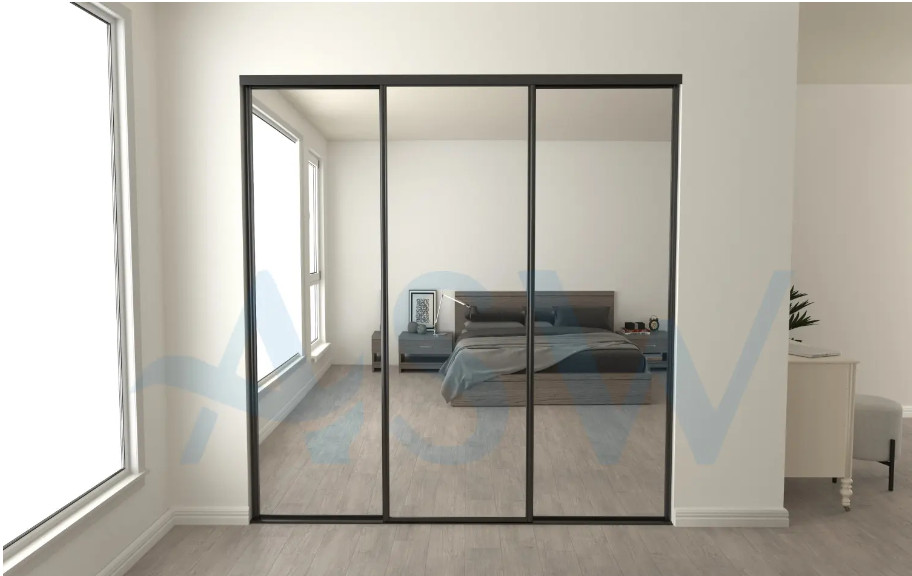Eco-friendly Materials for Sliding Wardrobe Doors
In today's world, sustainability is at the forefront of many homeowners' minds. As people seek to reduce their environmental footprint, eco-friendly materials are becoming increasingly popular in home design. One area where this trend is making a significant impact is in the construction of glass sliding wardrobe doors. Choosing environmentally friendly materials for your sliding wardrobe doors not only benefits the planet but also enhances the aesthetic appeal and durability of your home. Here, we explore some of the best eco-friendly materials available for sliding wardrobe doors.

Bamboo
Bamboo is one of the most sustainable building materials available. It grows incredibly fast, sometimes up to 91 cm (35 inches) in a single day, making it an excellent renewable resource. Bamboo is also highly durable and resistant to warping, which makes it an ideal choice for sliding wardrobe doors. Its unique grain and color variations add a natural and sophisticated look to any room.
Benefits:
- Rapidly renewable resource.
- Durable and lightweight.
- Unique aesthetic appeal.
Reclaimed Wood
Reclaimed wood is timber that has been salvaged from old buildings, barns, or other structures. Using reclaimed wood for sliding wardrobe doors not only recycles existing materials but also adds character and history to your home. Each piece of reclaimed wood is unique, with its own story and patina, making it a distinctive choice for interior design.
Benefits:
- Reduces waste by recycling old materials.
- Adds unique character and charm.
- Provides a rustic, vintage look.

MDF Made from Recycled Content
Medium-density fiberboard (MDF) made from recycled content is another eco-friendly option for sliding wardrobe doors. This type of MDF is manufactured using recycled wood fibers and other sustainable materials, thereby reducing the need for virgin timber. Additionally, MDF can be easily painted or veneered to match any decor style.
Benefits:
- Utilizes recycled materials.
- Versatile and easy to customize.
- Cost-effective.
Glass
Glass is a recyclable material that can be used effectively in sliding wardrobe doors. Frosted, etched, or stained glass options provide privacy while still allowing light to pass through, creating a bright and airy feel in any room. When opting for glass, consider using recycled glass or low-emissivity (Low-E) glass, which has enhanced thermal efficiency.
Benefits:
- Fully recyclable.
- Allows natural light penetration.
- Available in various finishes for different looks.
Cork
Cork is harvested from the bark of cork oak trees without harming the tree, making it a highly sustainable material. It's naturally resistant to mold, mildew, and pests, and it provides excellent sound insulation. Cork's unique texture and warm tones add a cozy feel to your space.
Benefits:
- Harvested sustainably.
- Resistant to mold and pests.
- Excellent sound insulator.

Metal
Recycled metal can also be used for sliding wardrobe doors, offering a modern and industrial aesthetic. Metals like aluminum and steel are highly durable and can be recycled multiple times without losing their properties. They are also resistant to damage from moisture and pests.
Benefits:
- Highly durable and long-lasting.
- Recyclable.
- Provides a sleek, modern look.
Conclusion
Choosing eco-friendly materials for your sliding wardrobe doors https://asw-online.com.au/slim-line-framed-sliding-wardrobe-unpainted-doors-vj is a great way to contribute to sustainability while enhancing the beauty and functionality of your home. From the rapid renewability of bamboo to the historical charm of reclaimed wood, there are plenty of options to suit any style and preference. By opting for these sustainable materials, you not only reduce your environmental impact but also create a healthier living space for yourself and future generations.